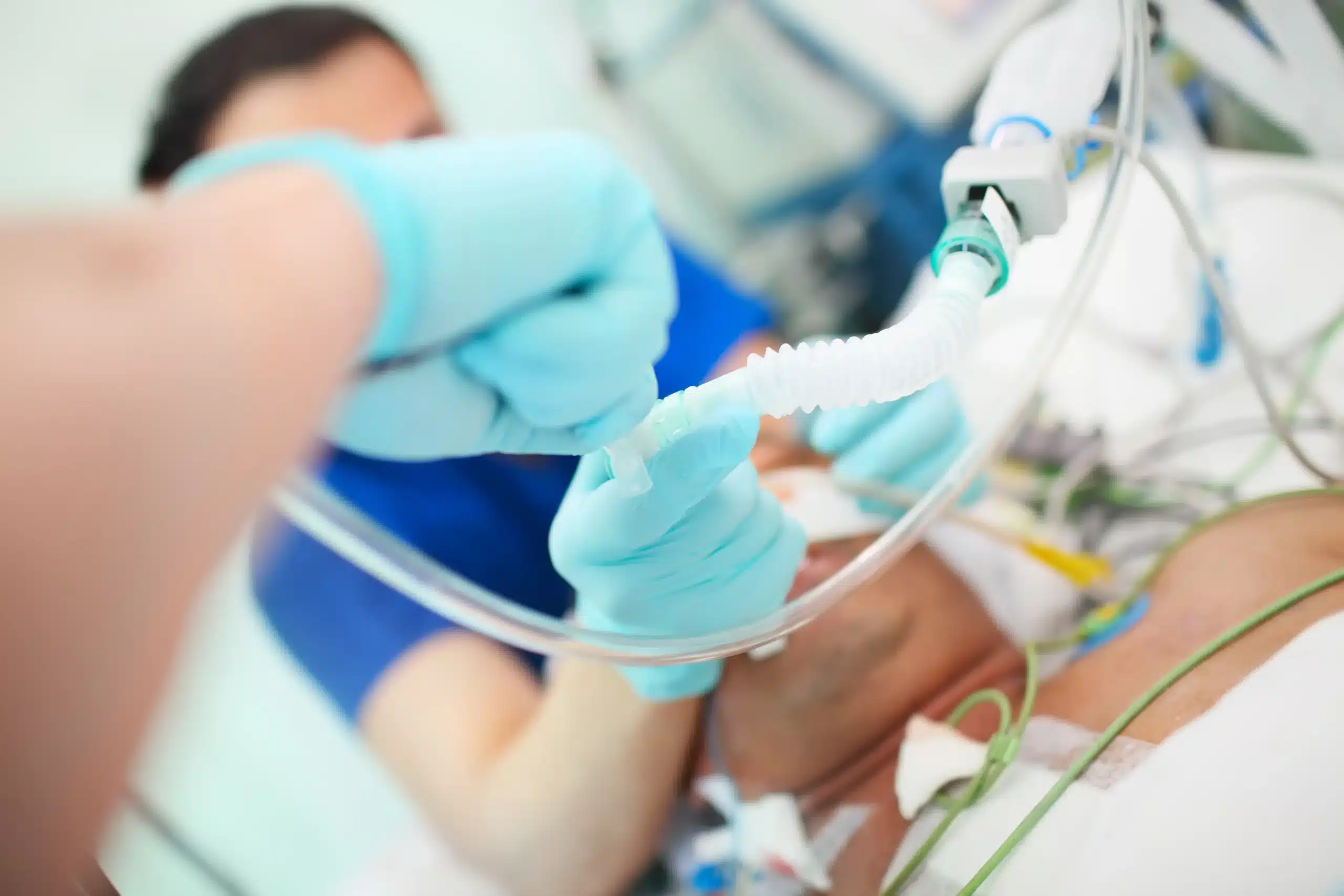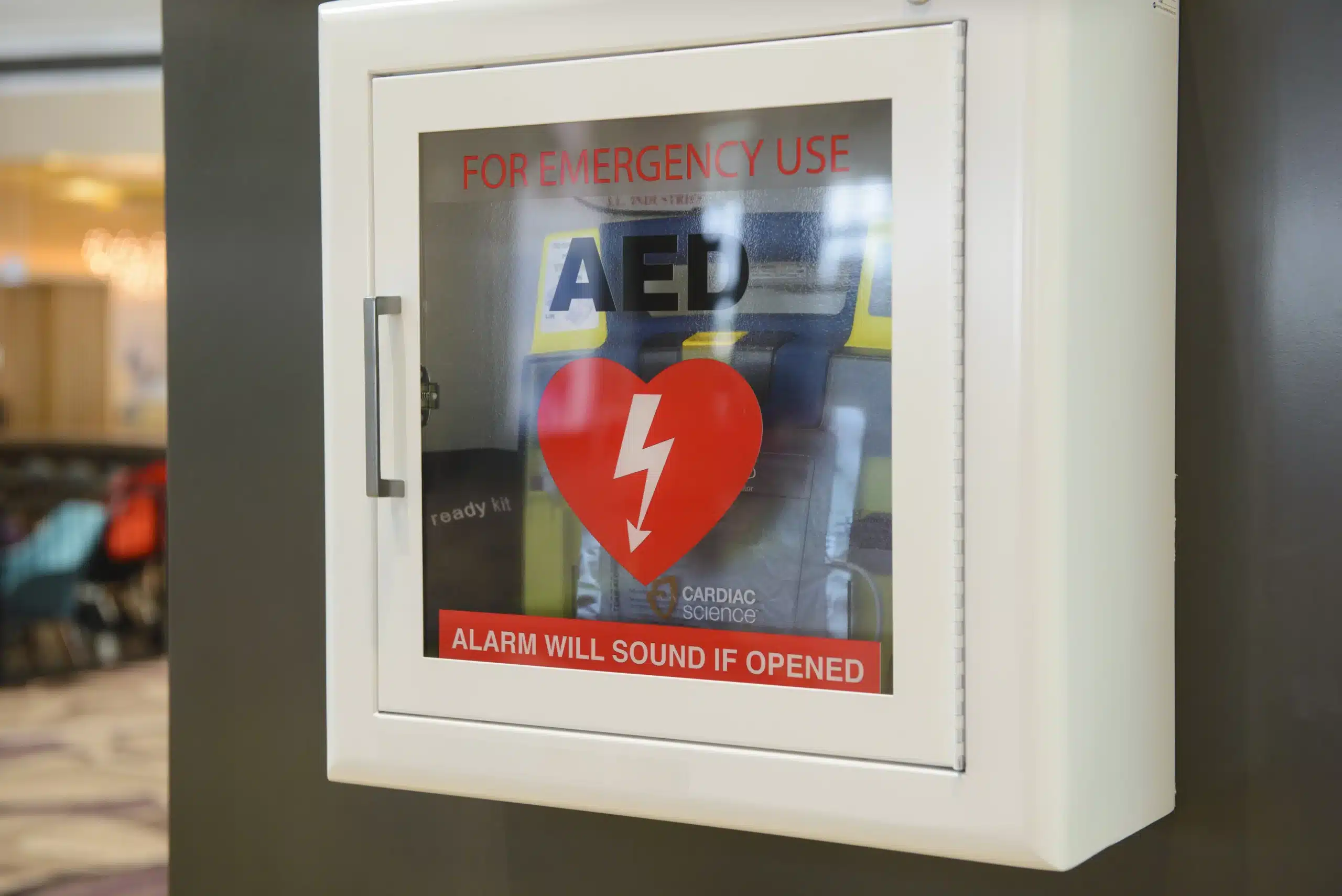CPR, or cardiopulmonary resuscitation, is a critical life-saving skill. It can double or even triple a victim’s chance of survival. Yet, myths abound, clouding understanding, and impeding effective action. This blog debunks common CPR myths, offering clear insights and practical advice to boost your confidence and skills.
Imagine the power of knowing the truth. You’ll learn how to perform CPR correctly, understand its importance, and dispel fears that may hold you back. Whether you’re a seasoned first aider or a curious newcomer, this guide is for you. Let’s clear up the myths and learn the facts.
Myth 1: CPR Always Restarts the Heart
Many people believe CPR is about restarting the heart. This is a misconception. CPR’s primary role is to maintain blood flow to the brain and organs until professional medical assistance arrives. It buys time, keeping oxygenated blood circulating, which can prevent brain damage and increase survival chances.
Understanding this can change your perspective. You are not attempting to “shock” the heart back to life. Instead, you are supporting the body’s life-sustaining functions. This knowledge can alleviate the pressure to perform CPR perfectly, as your main goal is preserving life until help arrives.
Myth 2: You Can Hurt Someone with CPR
Fear of causing harm often paralyzes potential rescuers. The truth is, the risk of injury from CPR is minimal compared to the benefit of saving a life. While it’s possible to fracture ribs during chest compressions, the priority is the victim’s survival. Broken ribs can heal, but a life lost cannot be regained.
Think of CPR as a crucial intervention. Your actions could mean the difference between life and death. Most importantly, remember that doing something is better than doing nothing. Your willingness to act could save a life, and that is what truly matters.
Myth 3: Only Professionals Should Perform CPR
Some believe CPR should only be performed by trained professionals. This myth can delay critical response in emergencies. Bystanders are often the first on the scene, and immediate CPR can double or triple a victim’s chance of survival. With hands-only CPR, anyone can make a difference.
Hands-only CPR focuses on chest compressions. No mouth-to-mouth is needed, simplifying the process for bystanders. You don’t need to be a doctor or nurse to save a life. Knowledge and action are what count. Your willingness to help is invaluable.
Myth 4: You Must Be Certified to Perform CPR
Certification provides knowledge and confidence, but it’s not a prerequisite for saving lives. In emergencies, quick action can save lives. Bystanders shouldn’t hesitate to perform CPR while waiting for emergency medical services. The willingness to help takes precedence over formal certification.
Organizations like the American Heart Association encourage everyone to learn CPR. They’re promoting hands-only CPR as a simple and effective technique anyone can use. Remember, every second counts in a cardiac emergency. Your response could be the difference between life and death.
Myth 5: Mouth-to-Mouth is Necessary for CPR
Mouth-to-mouth resuscitation, once a staple of CPR, is not always necessary. In many cases, especially with adults, hands-only CPR is effective. This technique focuses on continuous chest compressions, keeping the blood flowing to vital organs. It’s a simpler approach for bystanders.
Understanding when to use hands-only CPR can empower you to act swiftly. Reserve mouth-to-mouth for situations where the victim is a child, drowning, or has breathing difficulties. The key is to keep the process straightforward to encourage more people to step in and help.
Myth 6: CPR is Complicated and Difficult
CPR may seem daunting, but it’s straightforward and simple. It involves two main steps for hands-only CPR: call emergency services and provide continuous chest compressions. The goal is to maintain blood flow until professional help arrives.
Start by placing the heel of your hand on the center of the victim’s chest, one hand atop the other, and push hard and fast. Aim for a pace of 100-120 compressions per minute, the rhythm of “Stayin’ Alive” by the Bee Gees. Remember, your actions are pivotal in sustaining life.
Myth 7: CPR Should Only Be Used in Certain Conditions
Cardiac arrest can happen anywhere, at any time. CPR should be administered whenever someone is unresponsive and not breathing or only gasping. Don’t wait for specific conditions. The quicker you act, the better the outcome for the victim.
Time is critical in cardiac emergencies. Every minute of delay decreases the victim’s chance of survival by 10%. Immediate CPR can keep oxygen-rich blood flowing, giving the victim a better chance until defibrillation or medical assistance arrives.
Myth 8: Children’s CPR is the Same as Adults’
Children’s CPR requires a gentler approach. The main difference is the compression depth and hand placement. For infants, use two fingers for compressions. For children, use one hand. The compression depth should be about one-third the chest’s depth.
It’s crucial to remember these differences. Understanding them enhances the effectiveness of your response. With children, you may need to include rescue breaths. Always tailor your technique to the victim’s age for the best outcome.
Myth 9: CPR is Not Effective Without an AED
Automated External Defibrillators (AEDs) are valuable, but CPR can still be effective without them. CPR prolongs life until an AED or medical help is available. It ensures that vital organs receive oxygen, reducing the risk of brain damage and increasing survival chances.
While AEDs offer added benefits, they may not be immediately available. Your primary focus should be chest compressions. Keeping the blood flowing is crucial, keeping the victim alive until an AED can be applied or emergency services arrive.
Myth 10: CPR is No Use After a Certain Time
CPR should continue until professional help arrives or the victim shows signs of life. There’s no specific “cut-off” time. Continuous compressions are crucial, providing the victim with the best chance of survival by sustaining oxygen flow to vital organs.
Perseverance is vital in cardiac emergencies. Your efforts, even if they seem extended, keep hope alive. Remember, emergency services are on the way. Your commitment to helping can make all the difference in the victim’s outcome.
Myth 11: Once You Learn CPR, You’re Set for Life
CPR skills need regular refreshing. Guidelines and techniques evolve over time. It’s essential to stay updated with the latest recommendations. Regular practice and education ensure your skills remain sharp and effective in emergencies.
Consider renewing your CPR certification every two years. Engage in practice sessions to maintain your confidence and ability. Lifelong learning keeps you prepared to save lives, whenever and wherever needed.
Myth 12: CPR Won’t Work in the Rain
CPR is effective in various conditions, including rain. Weather should not deter you from providing assistance. The immediate need for CPR outweighs concerns about the environment. Your priority is preserving life until professional help arrives.
Of course, safety is paramount. Ensure you’re in a safe location, free from hazards. Your willingness to help in less-than-ideal conditions can significantly impact the victim’s survival chances. Always prioritize the victim’s immediate needs.
Myth 13: CPR is Only for Heart Attacks
CPR is vital for any cardiac arrest, not just heart attacks. Conditions like drowning, choking, and drug overdoses can lead to cardiac arrest. Recognizing when to perform CPR is crucial, regardless of the underlying cause.
Your prompt response in various scenarios can save lives. Stay vigilant, assess the situation, and act quickly. Understanding the broader applications of CPR enhances your ability to make a difference in emergencies.
Myth 14: CPR is a Guarantee of Survival
While CPR significantly increases survival chances, it’s not a guarantee. Factors like the victim’s health, time to receive CPR, and access to advanced care all play a role in outcomes. Your actions, however, are vital in giving the victim a fighting chance.
Approach CPR with hope and determination. Your efforts may not always result in success, but they are always worth it. Remember, your intervention can make a life-saving difference, and that’s what truly matters.
Conclusion
Dispelling CPR myths enhances your knowledge and confidence in emergencies. Remember, CPR is about maintaining blood flow, not restarting the heart. Fear shouldn’t prevent you from acting. Your willingness to help is paramount.
By understanding these truths, you’re better equipped to respond in emergencies. Stay informed, refresh your skills, and empower yourself to save lives. For more resources, consider enrolling in CPR courses. Contact us at Safety Training Seminars for more information.






